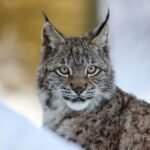Did you ever picture a saber-toothed “tiger” stalking prehistoric forests, its long fangs gleaming in the sun? Here’s a fun twist: it turns out these legendary cats weren’t actually tigers at all. Recent discoveries are shaking up everything we thought we knew about these mysterious beasts. If you love cats (big or small), you’re about to discover a whole new side to these famous sabertooths. Grab your curiosity—this wild ride through feline history just might change how you see every purring furball in your living room.
The Name That Fooled Us All

For decades, we’ve called them saber-toothed tigers, but that name is more myth than fact. These ancient predators, like Smilodon, actually have no close connection to modern tigers. Their name stuck because of their fearsome looks—striped, powerful, and catlike—but paleontologists now know they’re not part of the tiger family tree. Instead, they belong to a unique group called machairodonts. It’s a little like calling a housecat a lion just because it has whiskers and a tail. The truth is even more fascinating, and it reminds us how names can shape our imagination. Our saber-toothed “tiger” was a wild original, not a tiger in disguise.
What Makes a Cat a Tiger?
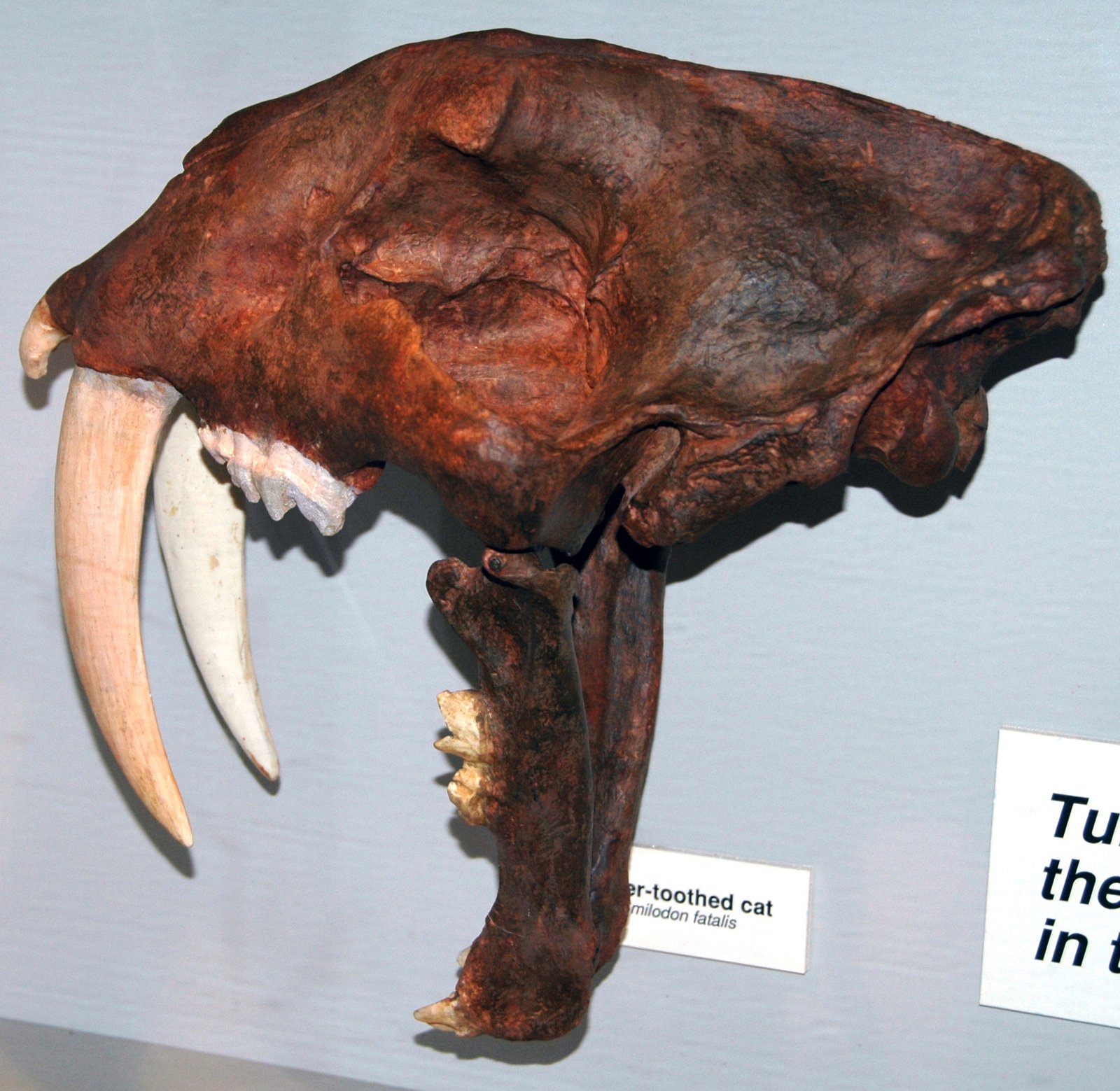
Tigers today are defined by their stripes, size, and certain traits like their round pupils and roaring voices. But when scientists look at the bones of saber-toothed cats, they don’t see those same tiger features. For example, Smilodon’s skull was short and thick, nothing like a tiger’s. Its bones hint at different muscles, different hunting tools, and a totally different way of life. Calling it a tiger is a bit like calling a cheetah a leopard—it leaves out the details that make each cat unique. It’s these details that help paleontologists rethink everything they thought they knew about big cats of the past.
The Power of a Name
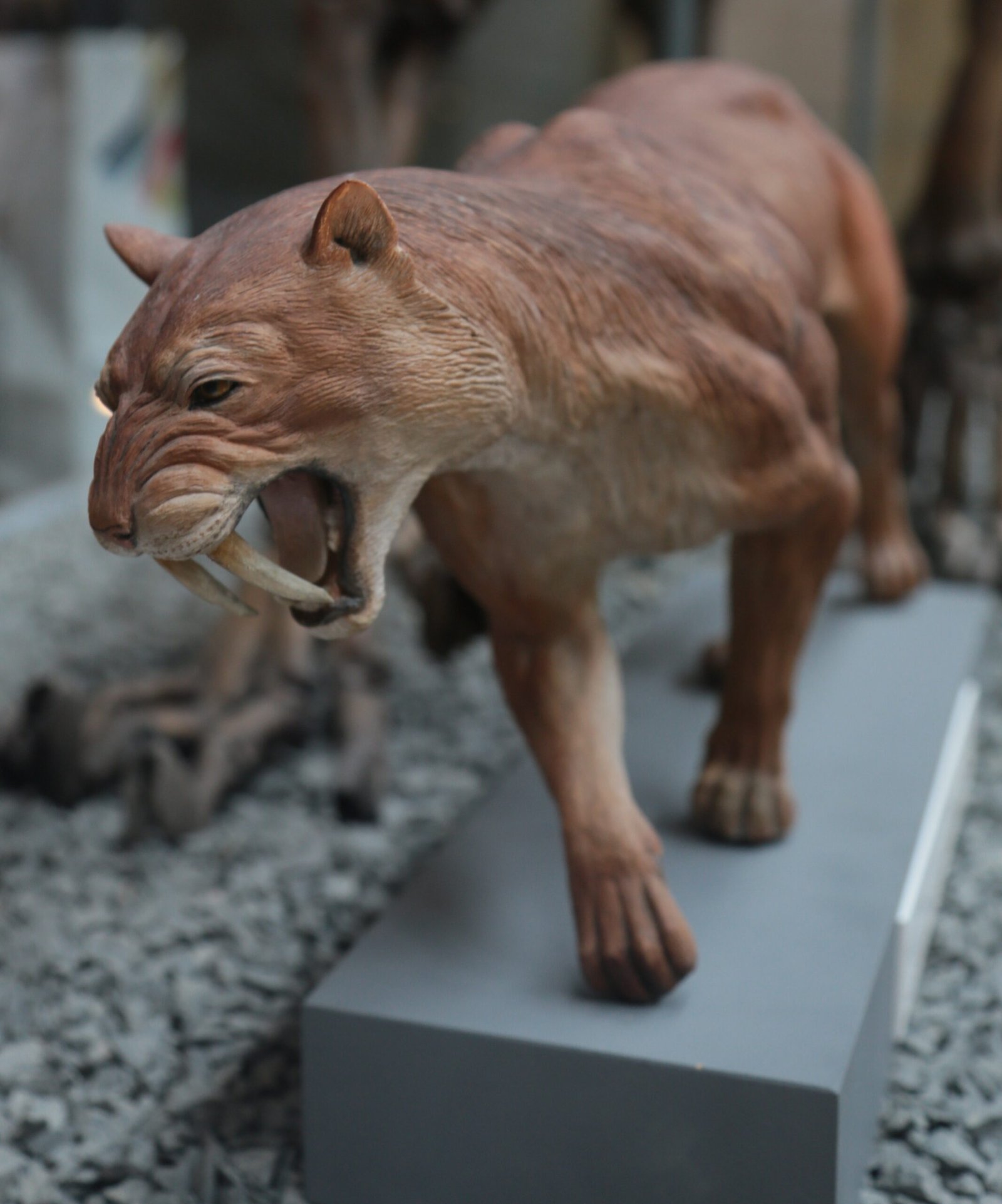
Names have power—they paint pictures in our minds before we even see the animal. “Saber-toothed tiger” sounds fierce and familiar, but it’s a trick of language. When we say “tiger,” we imagine stripes, orange fur, and Asian jungles, but saber-toothed cats lived in grassy plains and forests across the Americas. Their world was colder, wilder, and full of giant prey. By hanging onto the “tiger” label, we’ve mixed up two stories: one ancient, one modern. Letting go of this name helps us see saber-toothed cats as their own wild chapter in the feline family saga.
Meet the Real Saber-Toothed Cat
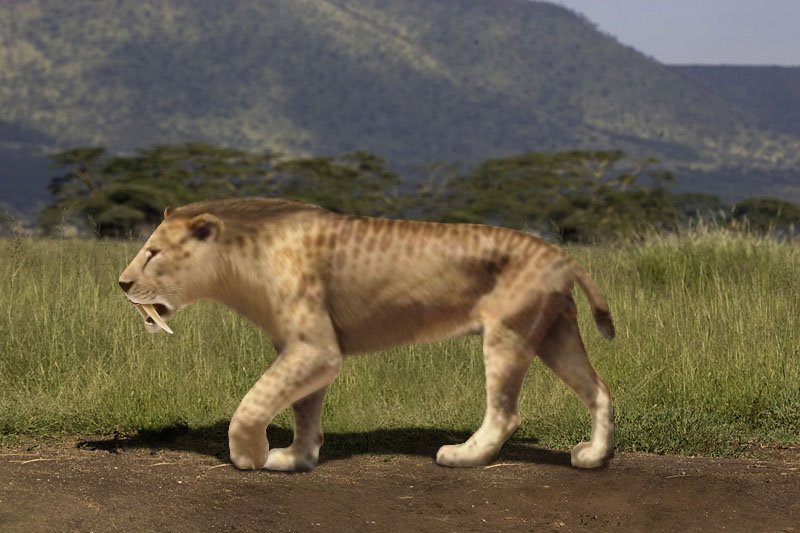
The true saber-toothed cat, Smilodon, was nothing like the tigers we know. It had a wide, muscular body, short tail, and those incredible curved canine teeth—sometimes over seven inches long. Instead of sleek and lean like a tiger, Smilodon looked more like a bulldog on steroids. Its jaw could open nearly twice as wide as any living cat, revealing its deadly fangs. Paleontologists think Smilodon used these teeth to pierce thick hides of giant prey, like mammoths and bison. It was a cat built for power, not speed, a true heavyweight champion of the Ice Age.
Family Ties: Not Quite Tiger, Not Quite Lion
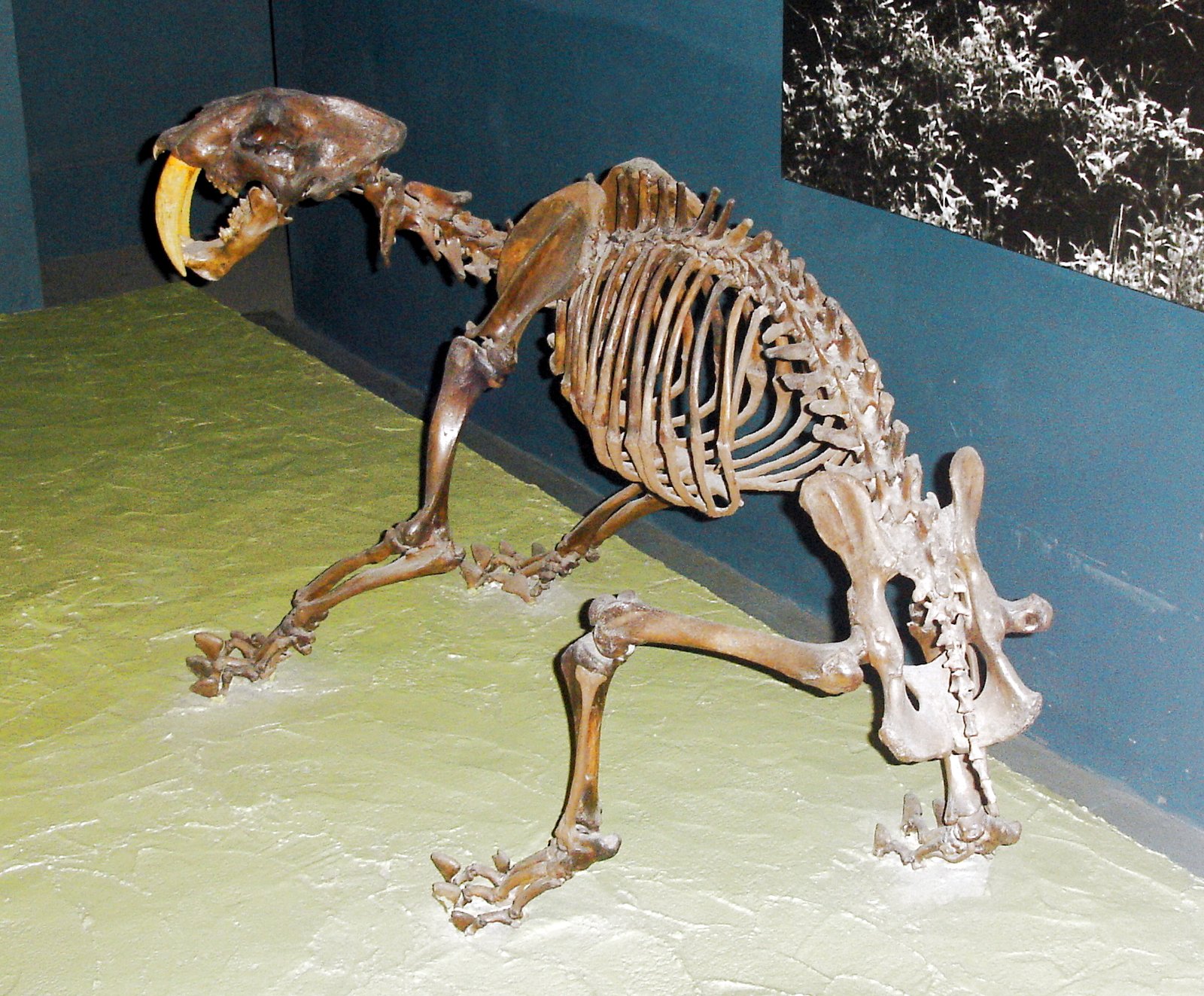
Genetic clues and fossil evidence tell us that saber-toothed cats split from the ancestors of modern cats millions of years ago. They’re not lions, leopards, jaguars, or tigers, but a separate branch on the feline family tree. If you put all these cats at a family reunion, Smilodon would show up as the distant cousin with a totally different look and attitude. This separation helps scientists understand how wildly diverse the cat family has been—and still is. Every time we call a saber-toothed cat a “tiger,” we miss the chance to celebrate just how weird and wonderful nature can be.
Those Legendary Teeth: Built for a Different World

No living cat has teeth like Smilodon’s. Its saber-shaped canines were long, sharp, and surprisingly fragile. They weren’t for crushing bone, like a lion’s teeth, but for delivering precise killing bites. Imagine trying to eat corn on the cob with chopsticks—that’s how specialized these teeth were! This unique design hints at a totally different hunting style. Instead of chasing down prey, saber-toothed cats likely ambushed slow-moving giants, using powerful forelimbs to pin them down. Their teeth were both tools and weapons, perfectly adapted for an Ice Age world full of megafauna.
Stripes, Spots, or Something Else?

We love to imagine saber-toothed cats with tiger-like stripes, but the truth is, we don’t know what patterns covered their fur. Fossils rarely preserve skin or hair, so scientists can only guess. Some think Smilodon could have been plain, spotted, or even striped, depending on its habitat. The fantasy of a striped saber-tooth might come from our love of tigers, but nature doesn’t always repeat itself. Whether they blended into tall grass or stood out in the snowy wild, these cats were striking in their own right. Sometimes, the real story is wilder than any guesswork.
How Saber-Toothed Cats Hunted

Forget the high-speed chases of today’s big cats—saber-toothed cats played by different rules. Their heavy build and strong forelimbs were made for wrestling giant prey to the ground. Instead of sprinting, they would ambush, grabbing mammoths, bison, or even horses by surprise. Their famous teeth delivered a quick, decisive kill. It’s like comparing a sumo wrestler to a sprinter: both are strong, but only one is built for raw power. These cats were masters of patience and strength, turning every hunt into an epic struggle. Their unique style set them apart from every other big cat on earth.
Living in the Shadows of Giants

Saber-toothed cats lived alongside some of the most incredible animals ever to walk the earth. Mammoths, giant ground sloths, and ancient bison shared their world. This was an age where everything seemed super-sized, and the cats had to keep up. Their powerful jaws and saber teeth were a perfect match for thick-skinned prey. But it was a tough world, full of danger and competition—even from other big cats and packs of dire wolves. In this wild, icy landscape, only the most specialized hunters survived. Saber-toothed cats were the ultimate survivors, until the world changed for good.
From Forests to Open Plains
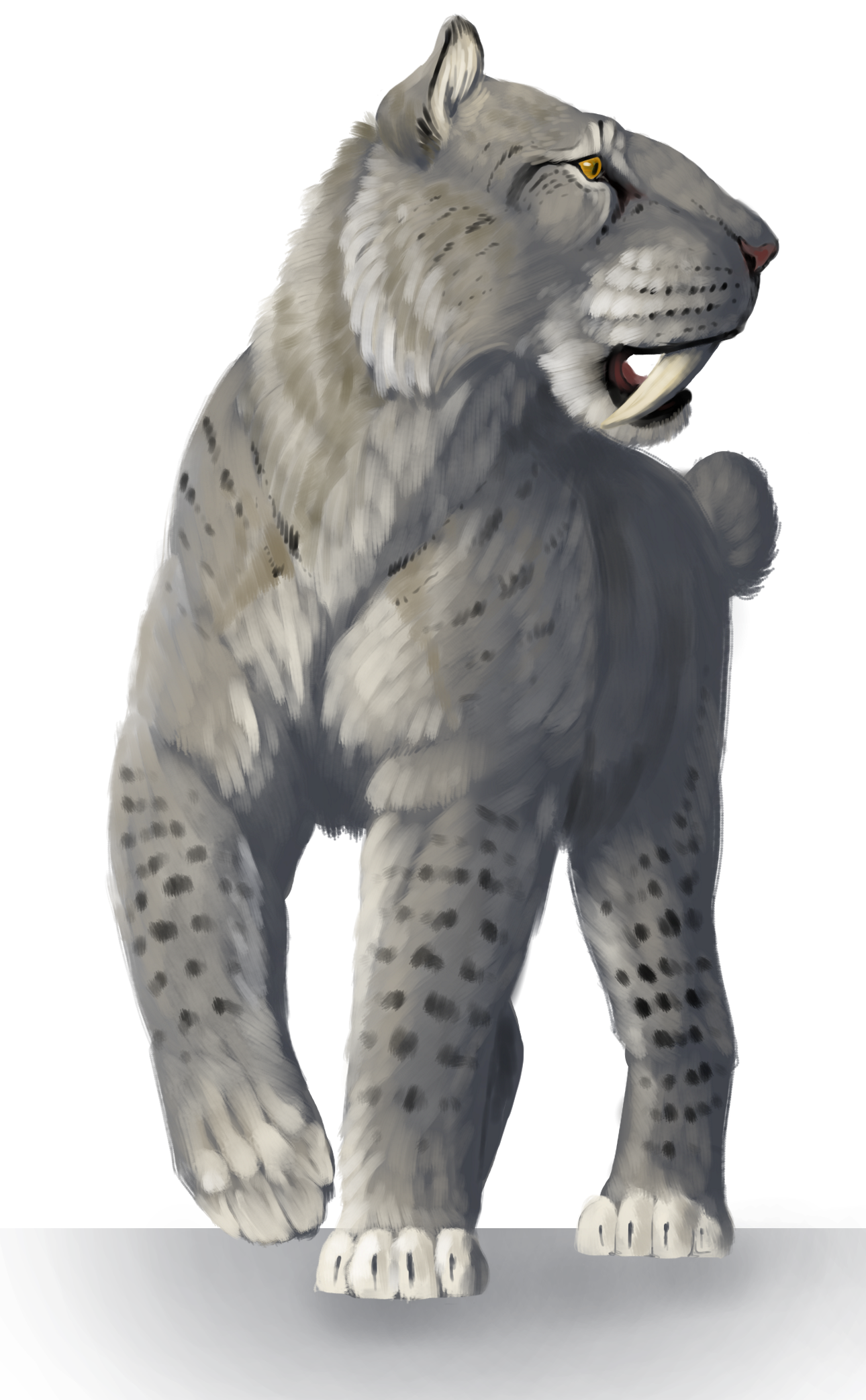
Ancient saber-toothed cats weren’t picky about where they lived. Fossils show they roamed across forests, woodlands, and open plains throughout the Americas. Their bones have been found from North to South America, proving they were adaptable and resourceful. Unlike modern tigers, which prefer dense jungles, Smilodon walked everywhere from chilly grasslands to sunlit valleys. This flexibility might have helped them thrive for thousands of years. But it also meant facing new challenges as the world’s climate shifted. These big cats were constantly adapting, living on the edge of change and survival.
The Ice Age Effect
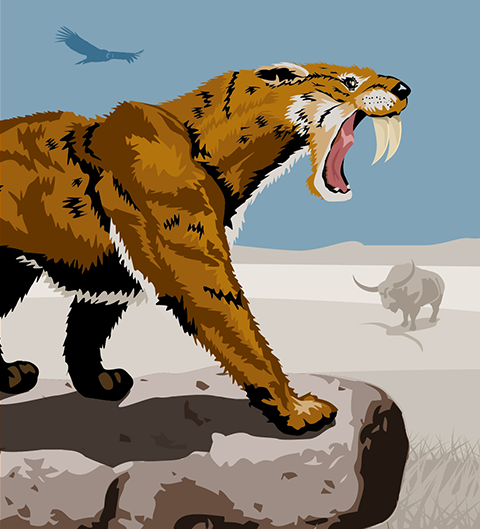
The rise and fall of saber-toothed cats is closely tied to the Ice Age. As glaciers advanced and retreated, the landscape changed again and again. These cats had to adapt to a world of shifting prey and habitats. The colder climate brought new challenges, but it also gave rise to the giant animals that saber-toothed cats hunted. When the Ice Age ended, many of these giant animals disappeared, and with them, the saber-toothed cats. Their extinction is a powerful reminder of how deeply connected every creature is to its environment—and how quickly things can change.
What Did Saber-Toothed Cats Sound Like?

It’s a strange thought, but we don’t really know what saber-toothed cats sounded like. Modern tigers roar, housecats meow, but Smilodon’s voice is a mystery lost to time. Its throat bones hint at deep, powerful vocalizations, maybe closer to a lion’s roar than a tiger’s growl. Imagine the echoes of a giant cat’s call rolling across an Ice Age valley. The idea is both haunting and thrilling—a sound that once ruled the wild, now forever silent. Even today, the mystery of their voice adds to the magic of these long-lost cats.
Why Did They Disappear?

The extinction of saber-toothed cats is one of prehistory’s big mysteries. As the Ice Age ended, changing climates and disappearing prey put huge pressure on these specialized hunters. Some scientists think competition with early humans played a role, too. When the giant bison and mammoths vanished, saber-toothed cats lost their favorite meals. Their unique teeth and hunting style weren’t suited for smaller, faster animals. In the end, their incredible specialization became their downfall. It’s a reminder that even the most powerful creatures can be vulnerable to change.
Modern Cousins: The Cats of Today

Even though saber-toothed cats are long gone, their spirit lives on in the wild cats of today. Every housecat carries a hint of those ancient hunters in its genes—the stalking, the pouncing, the fierce independence. Big cats like lions, tigers, and leopards still rule their lands, each with their own special adaptations. While no living cat sports saber teeth, they all share a family bond stretching back millions of years. Watching a kitten play or a lioness hunt, it’s easy to imagine the echoes of Smilodon in every leap and swat.
The Science Behind the Shift
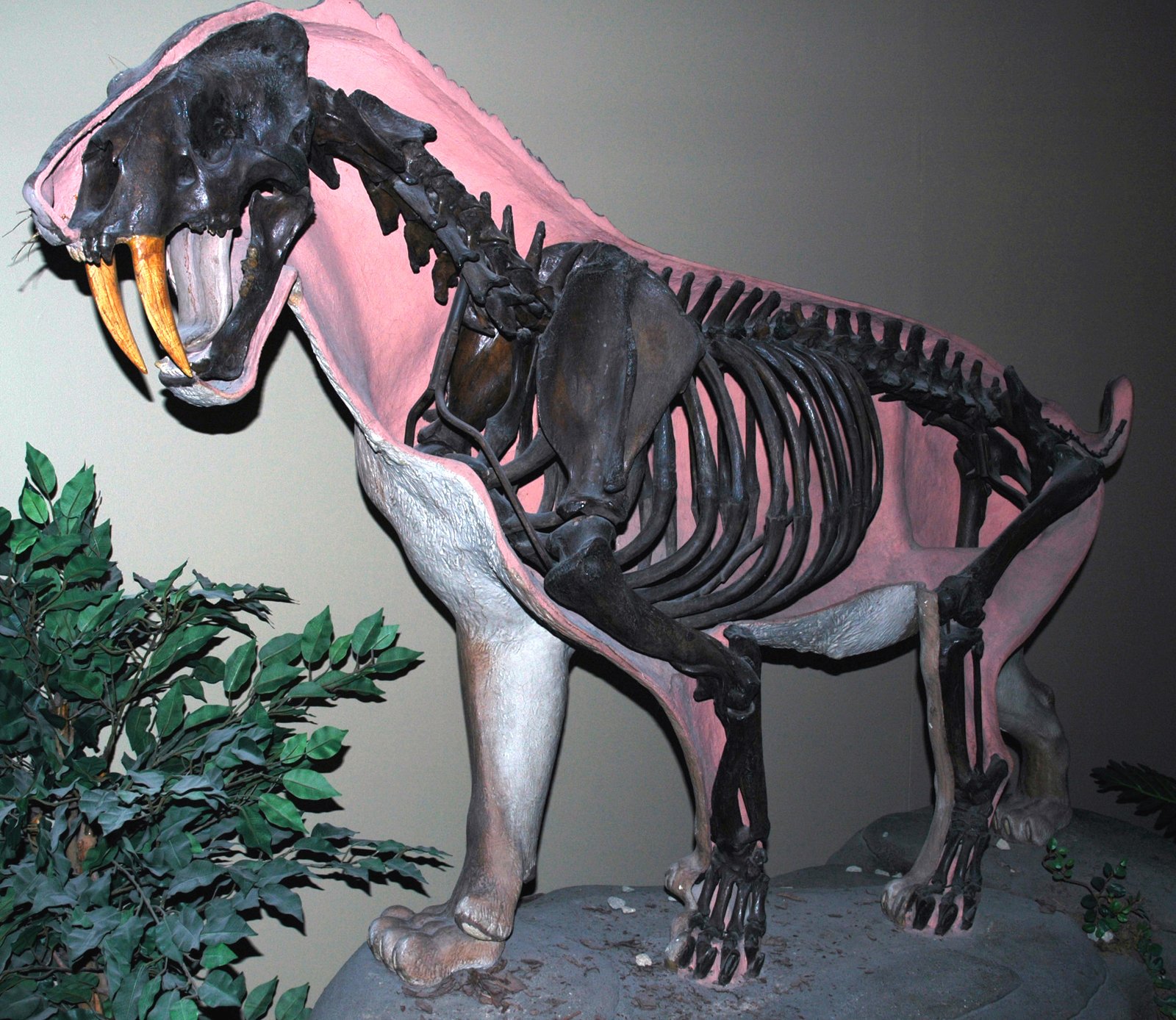
Paleontologists are rethinking the “tiger” label thanks to new fossils and genetic studies. Advances in technology let scientists compare bones, DNA, and ancient environments in ways never possible before. Each discovery peels back another layer of the cat family’s history, revealing connections and differences we never expected. It’s a bit like solving a giant puzzle, with each new piece changing the whole picture. The more we learn, the more we realize how unique saber-toothed cats really were. Science keeps reminding us to look beyond names and see the deeper story beneath.
Pop Culture’s Saber-Toothed Tiger

Movies, cartoons, and books have made the “saber-toothed tiger” a pop culture icon. From Ice Age movies to comic books, this ancient cat is always shown with menacing fangs and tiger-like stripes. It’s a powerful image, but not quite accurate. Real saber-toothed cats were stranger and more complex than any movie villain. Still, there’s something magical about how these cats capture our imagination. They remind us that the wild is full of surprises—and that sometimes, myths and reality blend in ways that keep us dreaming.
How Fossils Tell the Tale
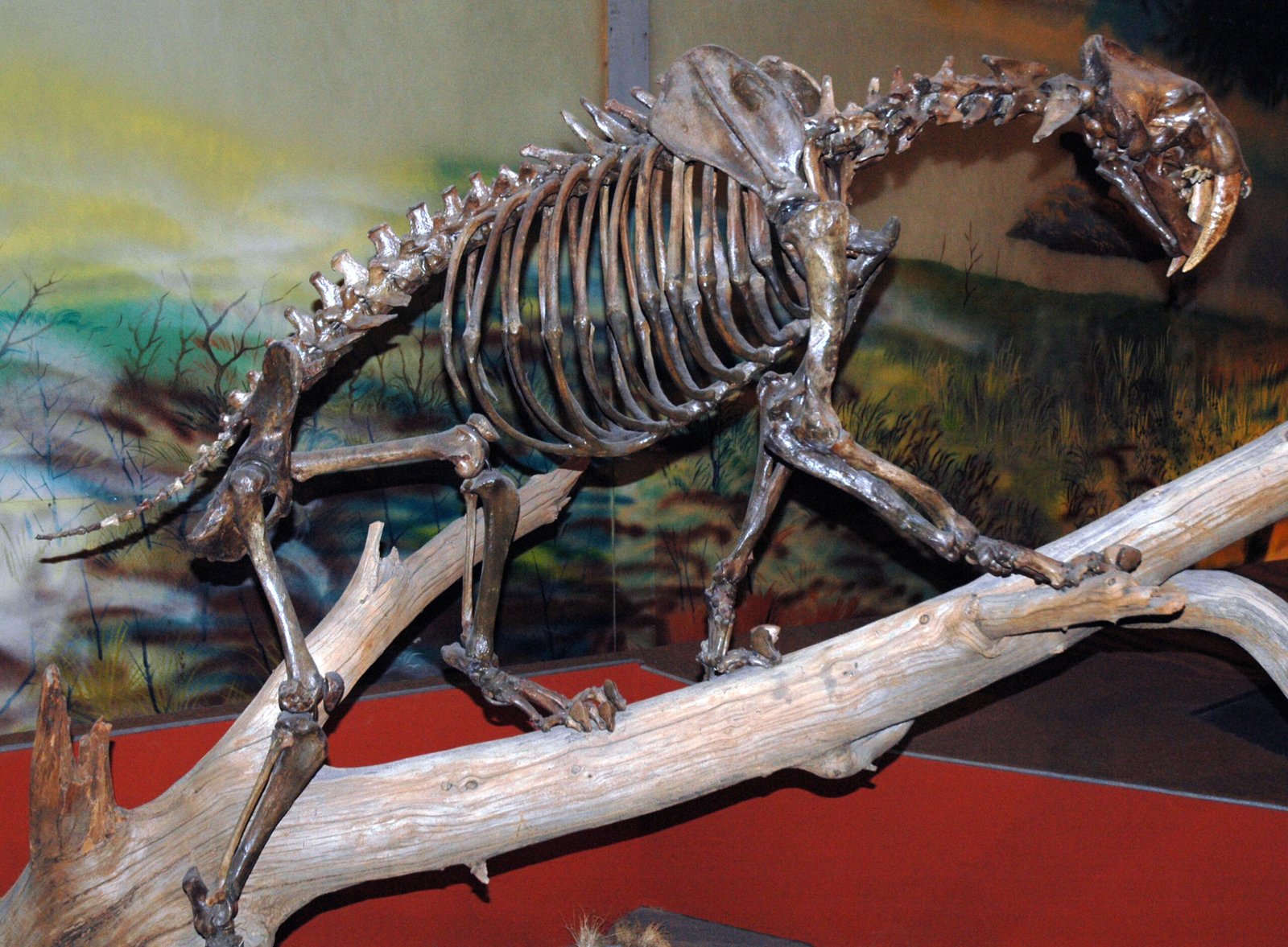
Fossils are like time machines, letting us peek into the world of saber-toothed cats. Paleontologists carefully study bones, teeth, and even ancient footprints to piece together these cats’ lives. Each fossil reveals clues about how they moved, hunted, and survived. Sometimes, a single tooth or bone can rewrite what we thought we knew. It’s slow, careful work—more detective story than action movie—but every discovery adds a new thread to the tapestry of feline history. Fossils make the past feel real, turning dusty bones into living legends.
Why We Love the Big Cats

There’s something irresistible about big cats. Their strength, beauty, and wildness pull at our hearts, whether they’re ancient or alive today. Saber-toothed cats, with their dramatic fangs and mysterious past, are the ultimate “what if” animal. They’re a reminder of a world where nature was bigger, bolder, and full of surprises. Even if we never meet one in the wild, their story inspires awe and wonder. Loving cats—big or small—connects us to the deep history of life on earth and to the wild spirit that lives in all of us.
Lessons in Adaptation
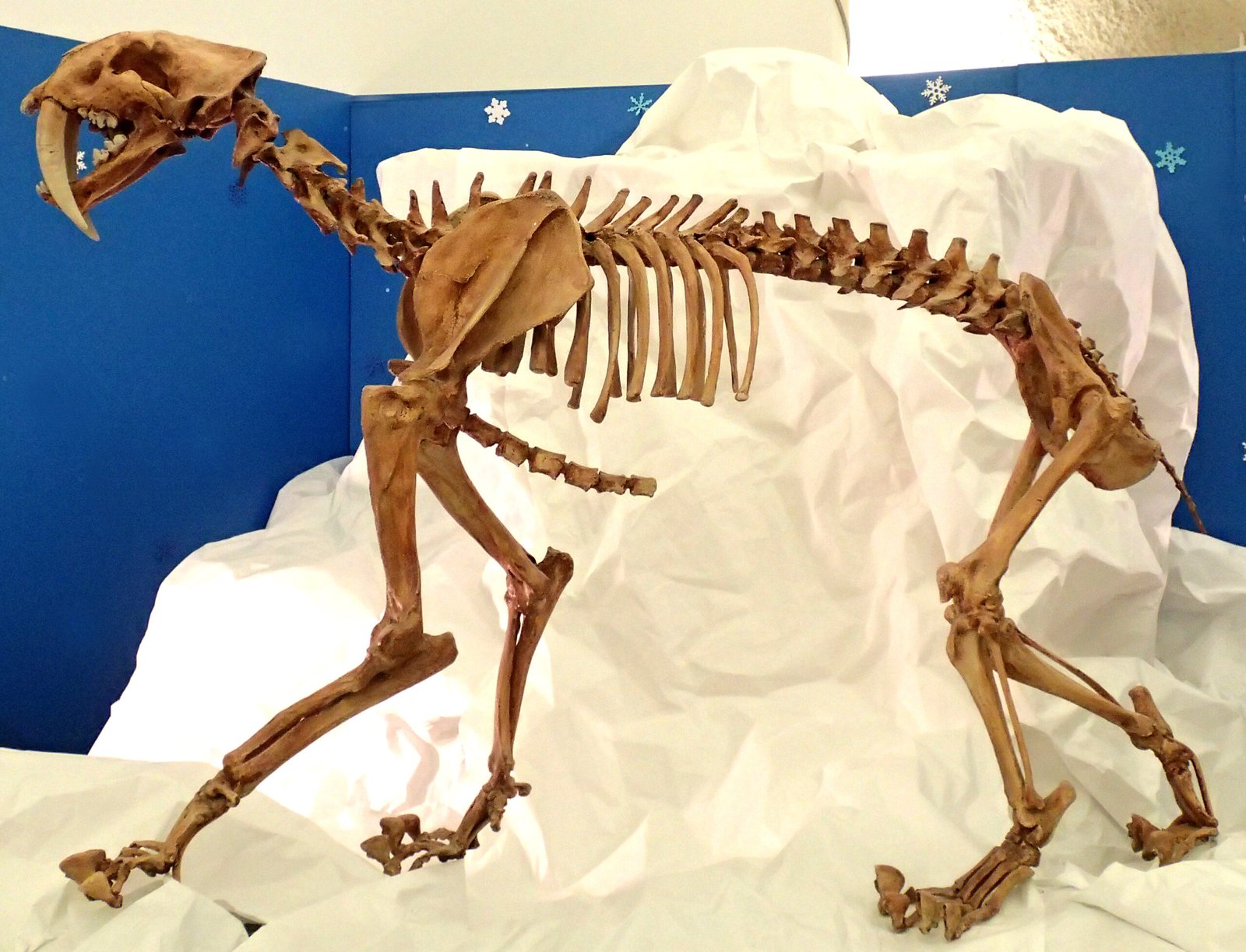
The story of saber-toothed cats is really a lesson in adaptation. They evolved for a world full of giants, with bodies and teeth built for a very specific way of life. When that world disappeared, so did they. It’s a powerful reminder that nature is always changing—and that every animal, from the tiniest kitten to the mightiest lion, must adapt or vanish. Even today, cats around the world are still finding new ways to survive. The rise and fall of the saber-toothed cat is a story of resilience and risk, just like every great adventure.
Misconceptions and Marvels
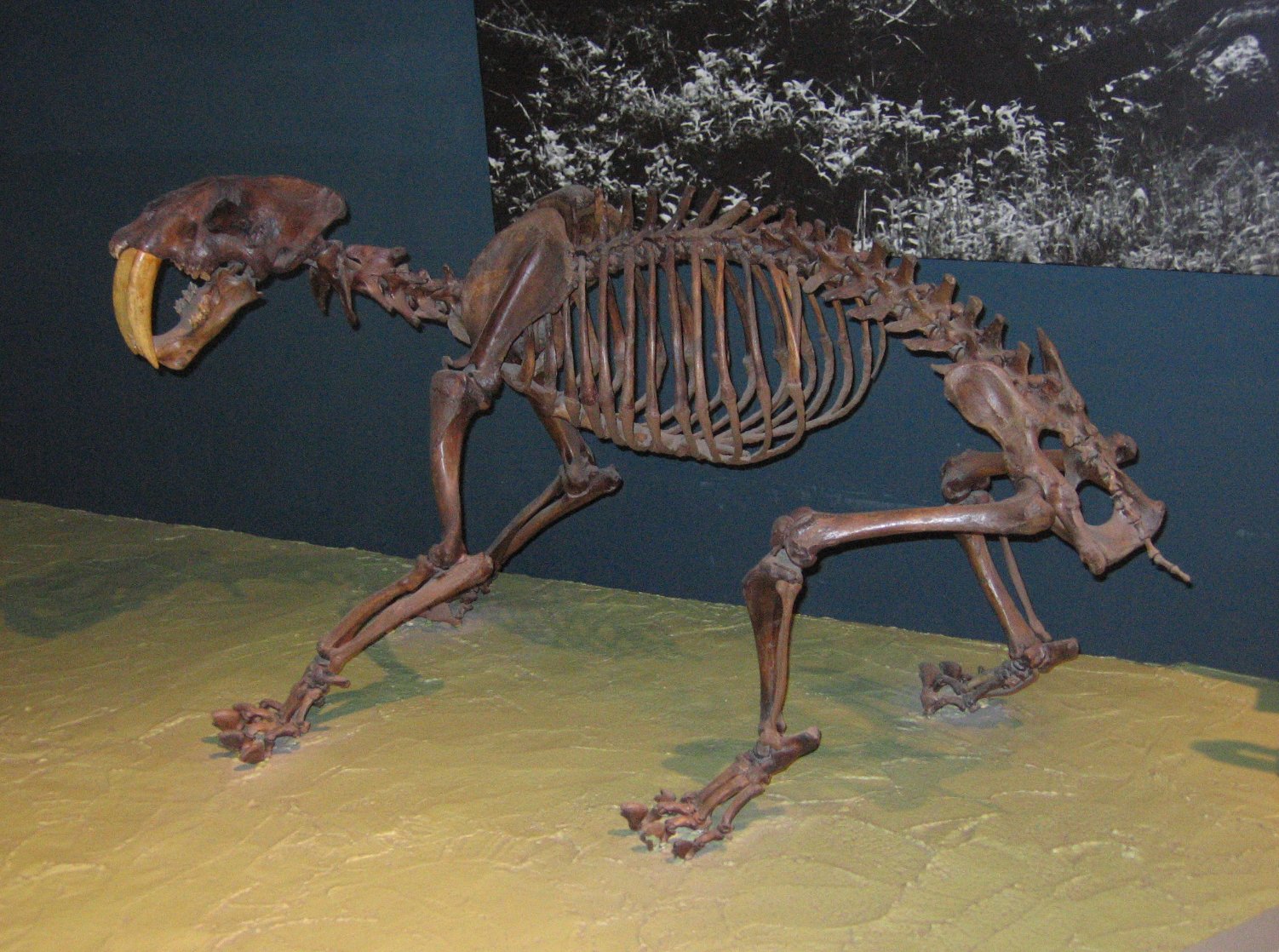
It’s easy to get caught up in the myths and mistakes of the past, like calling Smilodon a “tiger.” But those slip-ups are part of what makes science exciting. Every time we learn something new, we get to see the world with fresh eyes. The real saber-toothed cat is stranger—and maybe even cooler—than any cartoon version. It’s a marvel of evolution, a living experiment in what it means to be a cat. Learning the truth doesn’t make the story less magical—it makes it more amazing, because it’s real.
The Cat Family’s Wild Diversity

Cats come in every shape and size, from tiny sand cats to roaring lions. Saber-toothed cats were just one of many wild experiments in the cat family’s long, winding story. Some lived in trees, others in deserts, and a few, like Smilodon, ruled the ancient plains. This diversity is what makes the cat family so special. Every new discovery shows us another way that cats have adapted, survived, and thrived. The saber-toothed cat is a reminder that the feline story is far from finished—and that the next big surprise could be just around the corner.
Conservation Lessons from the Past

The extinction of saber-toothed cats holds an important lesson for us today. When environments change too quickly, even the most powerful animals can vanish. Today’s big cats face new threats—habitat loss, poaching, and climate change. By studying ancient extinctions, scientists and conservationists can better protect modern cats before it’s too late. The story of Smilodon is a call to action, reminding us to care for the wild places and creatures that still share our world. Every cat, wild or tame, is part of a legacy millions of years in the making.
The Enduring Mystery

Even with all we’ve learned, the saber-toothed cat remains a mystery. How did it really look? What did it sound like? How did it live and die? Each fossil adds a new clue, but the full picture is always just out of reach. This mystery keeps scientists—and cat lovers—coming back for more. There’s something magical about knowing we don’t have all the answers. The saber-toothed cat still haunts our dreams and stories, a wild puzzle waiting to be solved. As long as we keep asking questions, its spirit will never truly disappear.
Conclusion
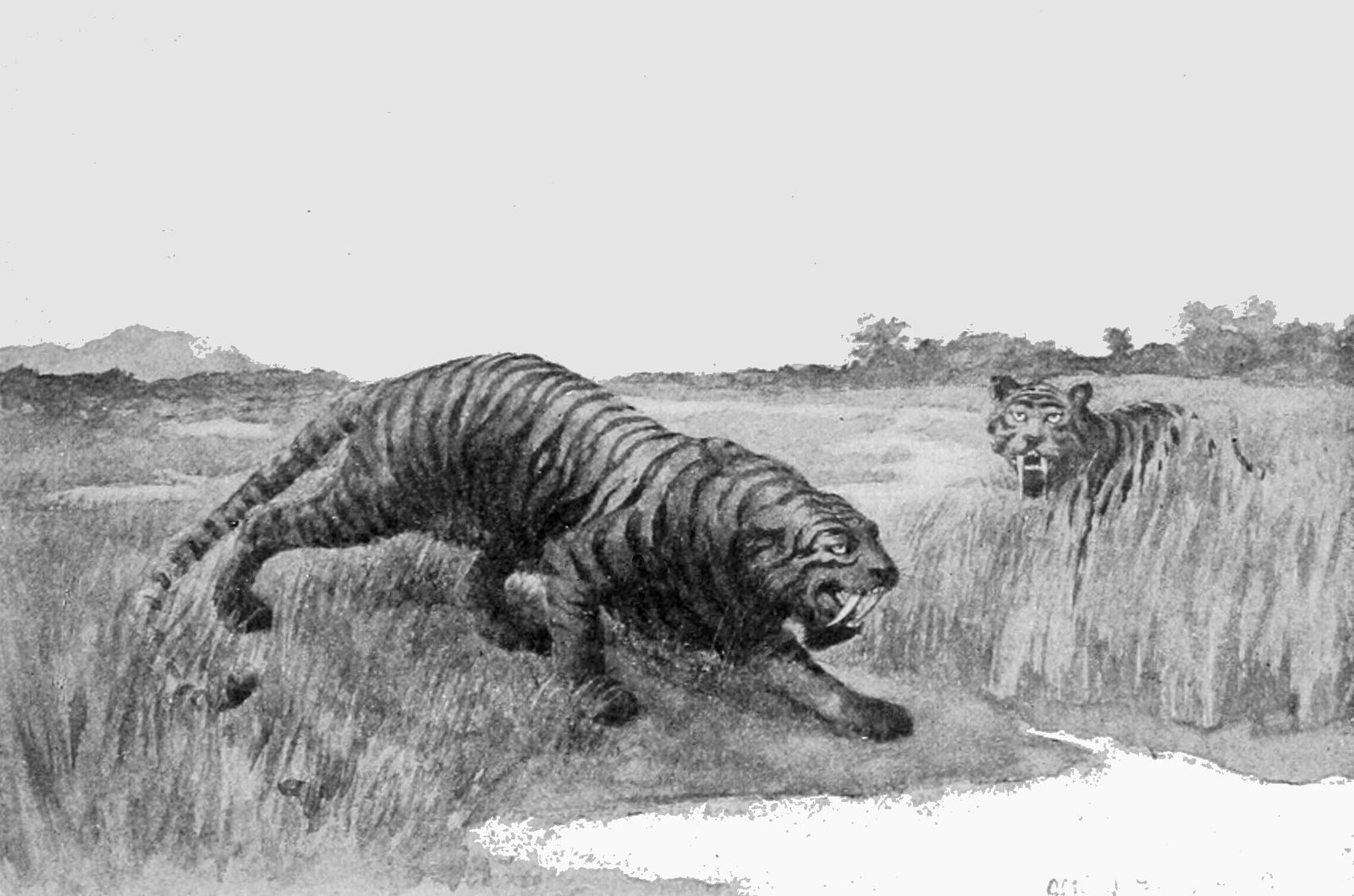
Felines have always captured our hearts, from the smallest house kitten to the mightiest Smilodon. The story of the saber-toothed cat is one of wonder, adaptation, and surprise—a reminder that nature never stands still. By rethinking old names and exploring new discoveries, we get closer to the wild truth behind these ancient cats. Whether curled up on our couch or stalking the shadows of prehistory, cats teach us to stay curious and open to the unknown. The next time you look into a cat’s eyes, remember: the wild lives on, in every purr and every mystery. Did you expect the “tiger” in saber-toothed tiger to be this surprising?

Suhail Ahmed is a passionate digital professional and nature enthusiast with over 8 years of experience in content strategy, SEO, web development, and digital operations. Alongside his freelance journey, Suhail actively contributes to nature and wildlife platforms like Feline Fam, where he channels his curiosity for the Feline into engaging, educational storytelling.
With a strong background in managing digital ecosystems — from ecommerce stores and WordPress websites to social media and automation — Suhail merges technical precision with creative insight. His content reflects a rare balance: SEO-friendly yet deeply human, data-informed yet emotionally resonant.
Driven by a love for discovery and storytelling, Suhail believes in using digital platforms to amplify causes that matter — especially those protecting Earth’s biodiversity and inspiring sustainable living. Whether he’s managing online projects or crafting wildlife content, his goal remains the same: to inform, inspire, and leave a positive digital footprint.





